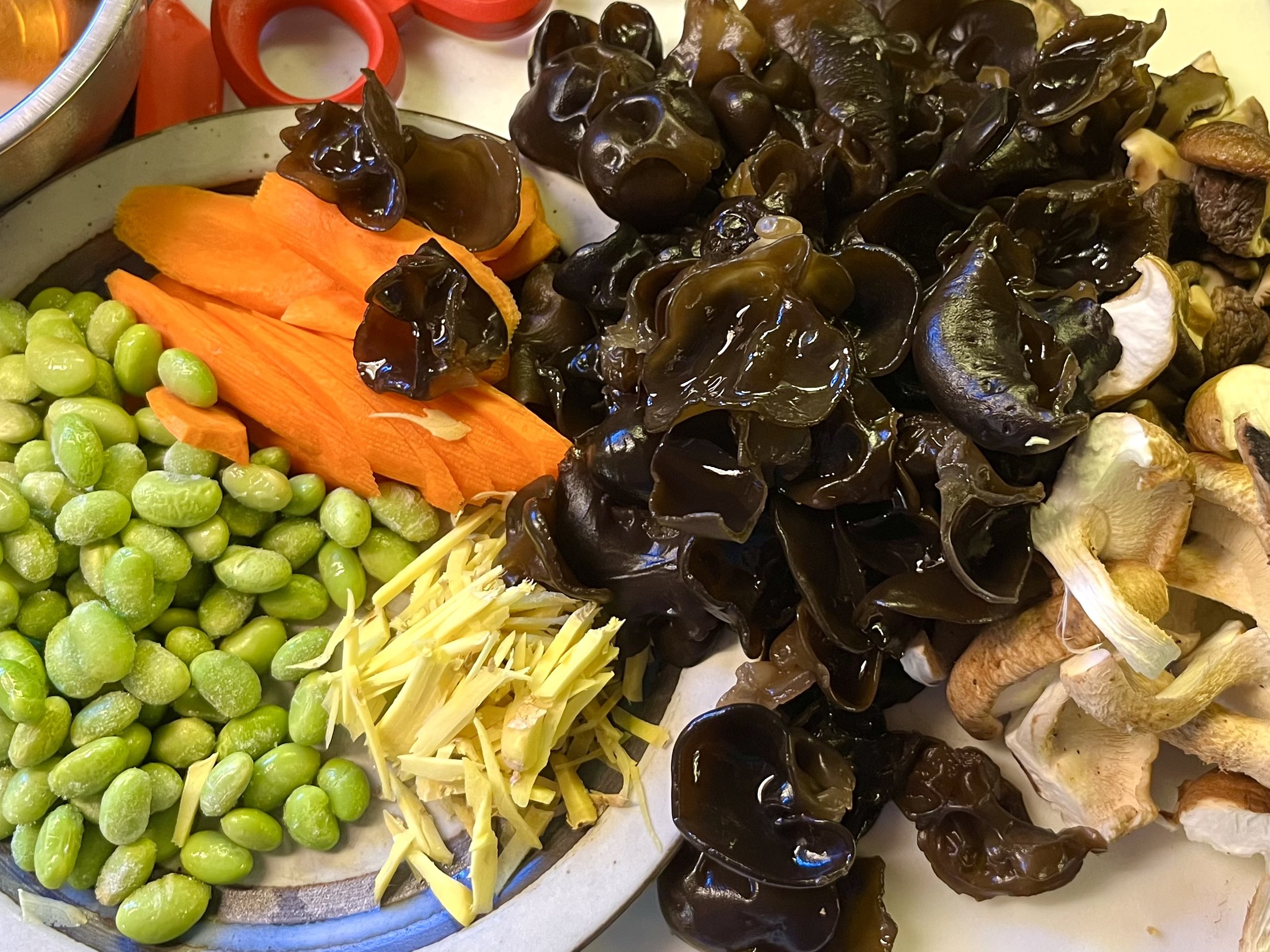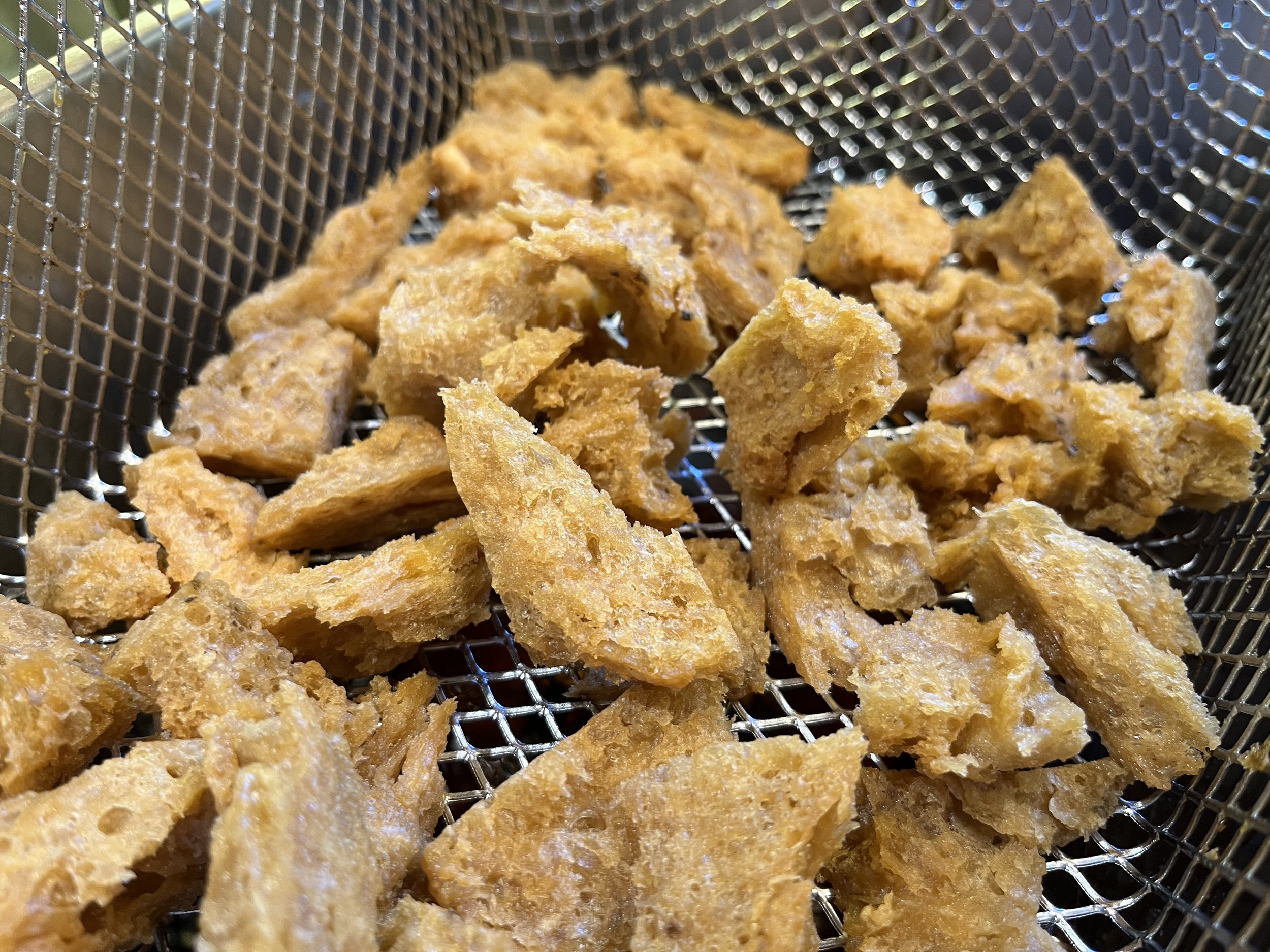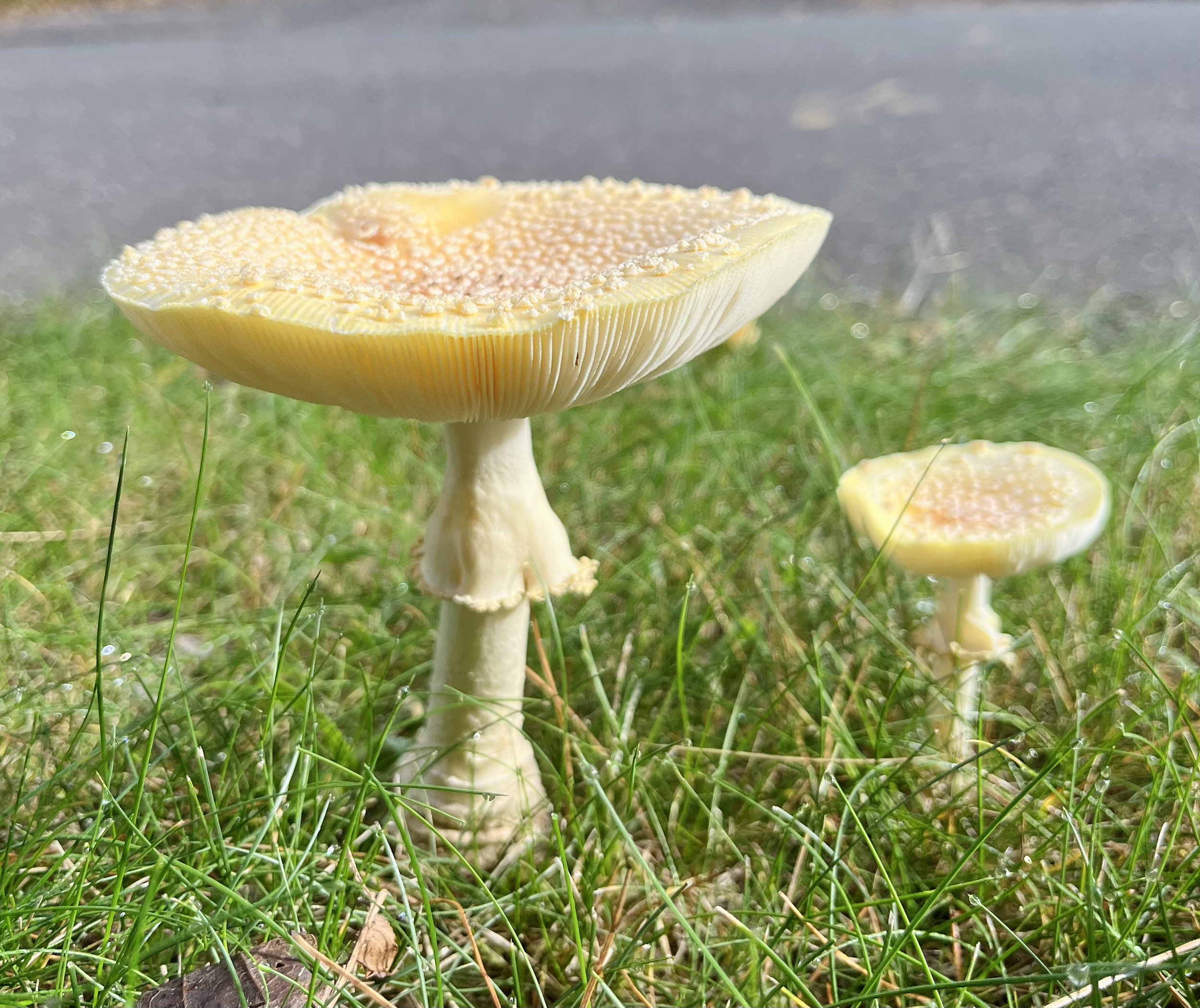Budda’s Delight 素什锦
And few thoughts about Chinese vegetarian dishes
In my Berkeley years, I remember feeling quite incensed at my roommate’s friend Marilyn declaring tofu as the most tasteless food in the world. To be fair, she was not entirely wrong. Vegetarian food in America, especially back in the early 90’s often featured bland and uninspiring tofu that made one gag. What a difference from the world where I came from: hard tofu, soft tofu, seasoned tofu, sheet tofu, fresh and dried tofu skins, smoked tofu… the variety is endless. More often than not, tofu is cooked with meat (a la Mapo Tofu 麻婆豆腐) , but many tofu dishes are strictly vegetarian and often taste better than meat. The Chinese have a very practical attitude toward being vegetarian. Most Chinese vegetarian dishes strive to imitate meat, supposedly the result of Buddhist monks’ longing for the carnivore delicacies they left behind. My great grandmother, a devout Buddhist, had no qualms about plucking stewed tofu chunks braised with pork belly as part of her vegetarian diet. I’d trade her tofu for meat any day! I do hear occasional commentary from Western vegetarian purists that such approach is not in the real spirit. Nonetheless, for those who enjoy good and honest food, Chinese vegetarian dishes, especially tofu dishes are bar none the tastiest food I know.
My favorite vegetarian restaurant in Beijing is Gongdelin 功德林素菜馆, featuring a myriad of mouthwatering mock vegetarian dishes (my favorites include mock goose素鹅, braised pork belly金刚火方, stir-fried crabmeat素蟹粉, sweat and sour fish松鼠桂鱼, lamb kebabs羊肉串, etc.), using vegetables, tofu, mushrooms, and wheat gluten to mimic different meat textures and flavors. Gongdelin is old school (and state-owned) Chinese vegetarian, offering the same menu every time I visited. Their dishes are in stark contrast with a new crop of high-priced vegetarian restaurants in China catering mostly to Westerners and using almost exclusively soy-based tempeh as meat alternative, stewed or fried. After one or two dishes, they all start to taste the same.
The Chinese vegetarian dishes I cook at home are my attempts to recreate the best dishes made by my mom and our family’s favorite dishes from Gongdelin. Even as Mom cooked less as she got older, whenever I returned home during the pre-pandemic years, she made sure that a set of my vegetarian favorites were always waiting for me back from the airport. Never missing from this repertoire are edamame braised with water bamboo茭白毛豆 and Buddha’s Delight with fried wheat gluten puffs 秃烧面筋.
My iteration of Buddha’s Delight is a common Shanghainese appetizer featuring steamed wheat gluten烤麸. The flavor is very similar to my mom’s 秃烧面筋 except this dish is not made with fried gluten puffs油面筋. I found a Youtube link posted by another Chinese grandma which tastes just about right.
Ingredients:
400g Chinese steamed wheat gluten 烤麸面筋
15 dried shitake mushrooms 香菇
A handful of fresh shitake mushrooms (optional), torn or cut to large pieces
300g fresh wood ear 黑木耳, torn to bite size pieces
5 ounces shelled frozen edamame 毛豆
Ample amount of julienned ginger 姜丝
1 carrot, julienned
Oil for frying
2 cups water (or soaking mushroom water)
2 tbsp sugar or to taste
3 tbsp soy sauce or to taste
2 tsp Diamond Kosher salt or to taste
Sesame oil
Instructions:
Tear wheat gluten by hand into bite size pieces, and fry until golden. I used my fryer which is quite painless. You can try pan fry in 1/2 cup of oil until both sides are golden crispy
Soak dried mushrooms in at least 2 cups of boiling hot water for 20-30 minutes, squeeze soaked mushrooms dry, and reserve soaking water (bottom will have some sandy bits which you will discard at the end).
Slice each mushroom into 2-3 pieces
Stir fry dried mushroom pieces in 1 tbsp oil in hot wok for a minute or two, add some water and sugar, and continue to cook until water evaporates
Add fresh shiitake mushroom to wok and sauté with dried mushrooms for 2-3 minutes until softened
Add ginger, carrots, and edamame into wok and continue to stir-fry for a couple more minutes
Add sugar, soy sauce, and salt, and all of the mushroom soaking water and bring to boil
Add fried wheat gluten pieces, mix well, and make sure there is enough fluid for wheat gluten to absorb the seasoning. You should taste the seasoning now to get your flavor to about where you want to be. This dish usually is on the sweeter side.
Leave the wok on medium high heat, lid off, and keep stirring the mixture for about 4-5 minutes until all liquid has been absorbed/cooked off
Press on wheat gluten to release more moisture, continue to cook until you don’t see any liquids at the bottom, turn off heat
Add a generous amount of sesame oil to round up the dish
You can serve this dish either hot or cold. I prefer it as a cold appetizer




